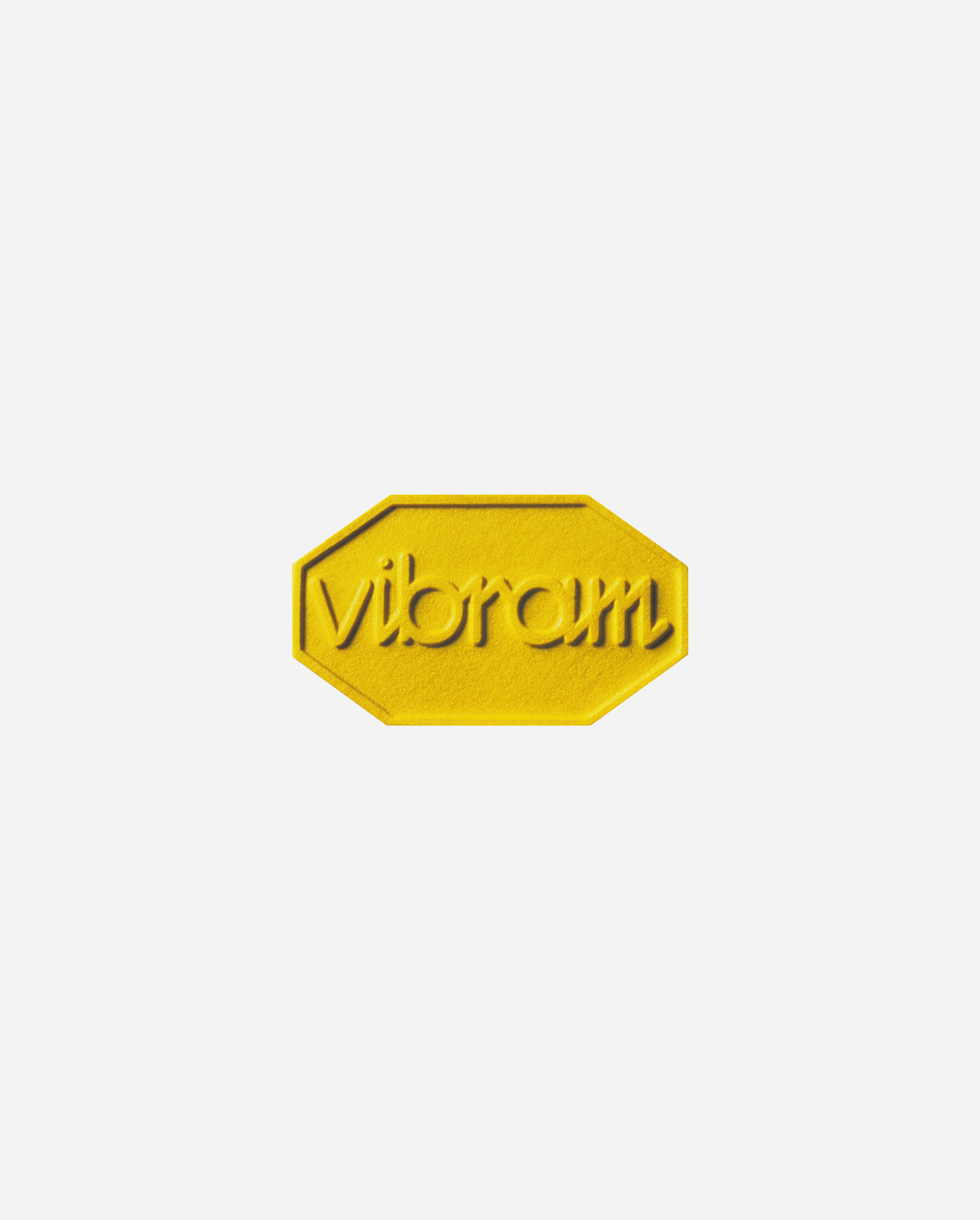Counterfeit
Vibram S.p.A. is owner of the following famous trademarks respectively for soles and footwear, all such brands being protected by international registrations:




Vibram S.p.A. pursues a policy of careful monitoring of the market and of strong repression of any counterfeiting of its own designs and trademarks, to protect its own notorious reputation and customers’ expectations. Vibram S.p.A. informs that only original Vibram and Vibram Fivefingers products are covered by the manufacturer worldwide warranty to consumers and that Vibram and Vibram Fivefingers products not supplied through official authorized retailers are not considered as original. Be therefore aware of counterfeits and of merchandise sold through unauthorized channels also online paying attention to the following rules although not absolute.
The below are indicators which, combined with our analysts’ experience and client input, help us understand if a website is likely to be rogue or legitimate. It is unlikely that a website will have all these indicators at once – it will usually be a combination of a few indicators. It can sometimes be just one. It is very rare that a rogue website will not have any of these indicators or some variation on them. This is by no means an exhaustive list and we would always advise visitors to a website to use their best judgement and stop to think when something doesn’t seem right on a website.
Inconsistencies
We would usually expect that SPORTSHOESBRAND will have a www.sportshoesbrand.com website (or.us/.it/.co.uk/.de etc) selling items belonging only to the SPORTSHOESBRAND company and using email addresses like contact@sportshoebrand.com. Rogue websites will generally not be able to follow the pattern above and inconsistencies will generally occur as follows:
On legitimate websites there will usually be some consistency between a domain name and the items advertised for sale:
a. A domain name called bestpizzaplace.com which claims to sell running shoes is very likely to be a rogue website
b. A website that looks and feels like a legitimate SPORTSHOESBRAND website (including brand name, products and logos) but does not have any reference to SPORTSHOESBRAND in the domain name is unlikely to be legitimate
c. A website that includes a very famous brand in the domain name but it claims to sell multiple competitor brands is very likely to be a rogue website
d. The website sells multiple competitor brands.
a. A domain name called bestpizzaplace.com which claims to sell running shoes is very likely to be a rogue website
b. A website that looks and feels like a legitimate SPORTSHOESBRAND website (including brand name, products and logos) but does not have any reference to SPORTSHOESBRAND in the domain name is unlikely to be legitimate
c. A website that includes a very famous brand in the domain name but it claims to sell multiple competitor brands is very likely to be a rogue website
d. The website sells multiple competitor brands.
The rogue websites are often built in a hurry with no attention to details and by recycling text and images from other websites. Always check the Terms and Conditions, Terms of Use, About Us sections and compare any names or email addresses with the domain name and business name that might appear on the home page.
Indicators that the website is not legitimate:
a. Company name includes a different brand name
b. No company name at all
c. No contact details
d. Email addresses using general providers like gmail, yahoo, hotmail etc
e. Email addresses that seem inconsistent with the website (website selling BrandA and the email address is contact@BrandB.com)
f. Terms and Conditions are written in a different language compared to the rest of the website
g. Very noticeable grammar or spelling mistakes and other language issues
h. Lack of sections containing terms and conditions/ terms of use/ privacy notice/ about us.
Indicators that the website is not legitimate:
a. Company name includes a different brand name
b. No company name at all
c. No contact details
d. Email addresses using general providers like gmail, yahoo, hotmail etc
e. Email addresses that seem inconsistent with the website (website selling BrandA and the email address is contact@BrandB.com)
f. Terms and Conditions are written in a different language compared to the rest of the website
g. Very noticeable grammar or spelling mistakes and other language issues
h. Lack of sections containing terms and conditions/ terms of use/ privacy notice/ about us.
Any serious company will invest in the way it presents its brands online and will invite legitimate distributors to keep to certain standards. A very poor quality website is unlikely to be selling legitimate items.
Some warning flags include:
a. Low quality of the logos. The original logo image was copied from somewhere else and just dropped on the website so the quality might be low. (strange shape, low resolution, faded colours). Always check and compare with how the logo looks on a well-known official website
b. Low quality of the images showing the items for sale (strange shape, low resolution, faded colours)
c. Just one image per item (not showing different angles of the item)
d. No option of zooming in on the images
e. Social media links on the website do not redirect to the website’s affiliated social media profile, but rather go to the social media platform home page, or loop back to the same website, or they are not functional at all
f. Items have the wrong name or incomplete name. Sometimes an image that appears to show SportBrandA will not have the correct name or the full name either because the counterfeiters are ill-informed or they are trying to avoid detection by Brand protection services. Always check product name against a well-known official website
g. Openly advertising replicas (even if only for other brands) Sometimes counterfeiters will say that they are selling replicas. These items will always be of a substandard quality. Sometimes not all brands on the website are advertised as replicas but it is highly unlikely that the same website will sell legitimate items as well as replicas.
Some warning flags include:
a. Low quality of the logos. The original logo image was copied from somewhere else and just dropped on the website so the quality might be low. (strange shape, low resolution, faded colours). Always check and compare with how the logo looks on a well-known official website
b. Low quality of the images showing the items for sale (strange shape, low resolution, faded colours)
c. Just one image per item (not showing different angles of the item)
d. No option of zooming in on the images
e. Social media links on the website do not redirect to the website’s affiliated social media profile, but rather go to the social media platform home page, or loop back to the same website, or they are not functional at all
f. Items have the wrong name or incomplete name. Sometimes an image that appears to show SportBrandA will not have the correct name or the full name either because the counterfeiters are ill-informed or they are trying to avoid detection by Brand protection services. Always check product name against a well-known official website
g. Openly advertising replicas (even if only for other brands) Sometimes counterfeiters will say that they are selling replicas. These items will always be of a substandard quality. Sometimes not all brands on the website are advertised as replicas but it is highly unlikely that the same website will sell legitimate items as well as replicas.
We cannot set precise thresholds of how cheap is too cheap. Each company will have their own pricing standards and should be able to offer some advice based on these. What we would normally say is that an excessively low price, as compared against a well-known official website, should always raise red flags. If the price looks too good to be true, it probably is which means that the items for sale are either counterfeit or will never be sent to the buyer.
